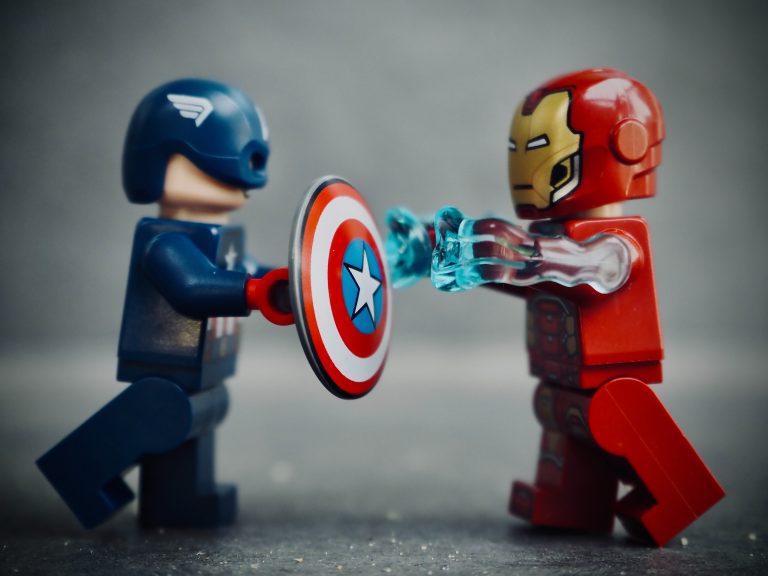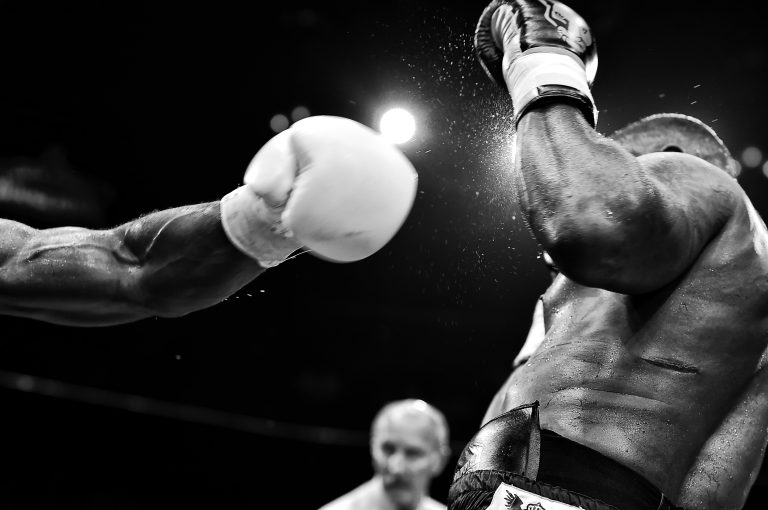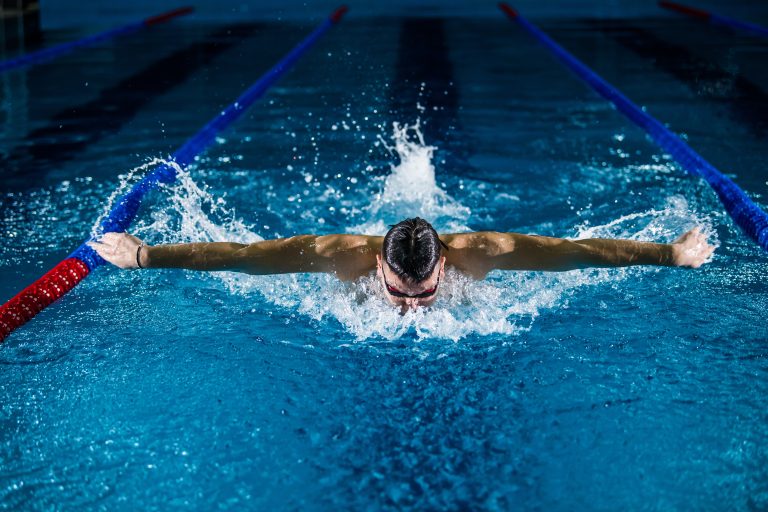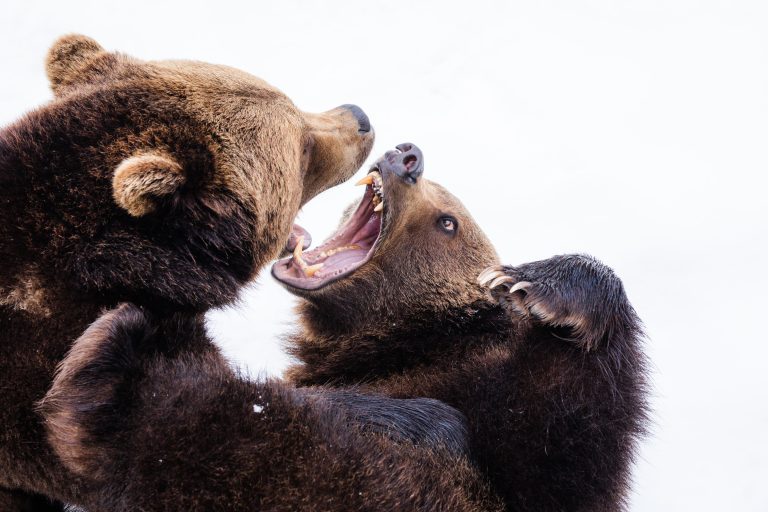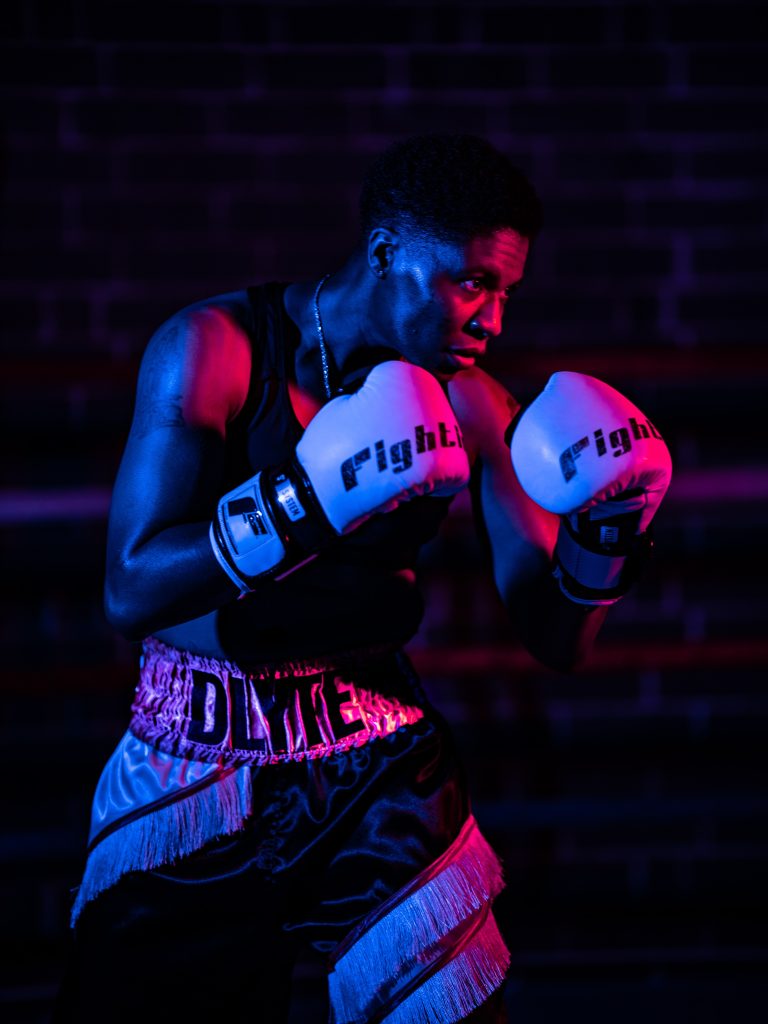What is the Difference Between Traditional and Modern Karate?
Karate is one of the world’s most popular martial arts and has been practiced for centuries. Over the years, it has evolved and adapted, resulting in traditional and modern variations. This blog post aims to answer the question: What is the difference between traditional and modern karate?
Understanding Traditional Karate
The term “karate” means “empty hand” in Japanese, referring to the techniques of unarmed self-defense that have been studied and practiced since ancient times. In the Okinawan islands (then known as the Ryūkyū kingdom), karate was developed by combining Chinese and native martial arts forms. During the 19th century, Okinawan martial arts master Gichin Funakoshi popularized karate by introducing it to mainland Japan. He created a modern version of karate that was safe enough to practice in public (previously, it had been a secretive art). This was known as Shotokan Karate, which is the most widely practiced style of traditional karate.
Traditional karate is heavily focused on forms (kata). Kata involves following a predetermined set of movements which are designed to help students understand and internalize the techniques they are learning. Practice of forms also helps to develop physical conditioning and stamina. As mentioned above, traditional karate is primarily a defensive art, with emphasis on blocking, evasion, and counter-attack. Strikes, throws, and joint locks are all incorporated into kata, which are performed solo by demonstrating the various scenarios that one might encounter in self-defense and combat situations.
Exploring Modern Karate
In recent years, some styles of karate have become more focused on sport competition as a way of increasing their popularity. Sport karate consists of kata and sparring (kumite), with an emphasis on competition-style tactics such as counters, sweeps, throws, and judo-style grappling techniques.
When it comes to sparring, kumite can be done in either a light-contact or a full-contact format. Light-contact kumite typically involves using control and speed to score points on an opponent using controlled techniques. Full-contact kumite is a more combative style, where techniques are used at full power and force in a match that ends on knockout or submission.
Modern karate has also incorporated techniques from other martial arts, such as boxing and judo. There is also an increased emphasis on physical fitness and conditioning, ranging from drills to plyometrics.
The Main Differences
- Techniques: Traditional karate is focused on defensive blocks and counter-attacks, while modern karate has a more offensive approach and incorporates techniques from other martial arts.
- Forms: Traditional karate places major emphasis on forms (kata), whereas modern karate only uses forms for competitions or demonstrations.
- Sparring: Traditional karate focus on controlled sparring (kumite) where light contact is used; modern karate often incorporates full-contact sparring where more aggressive tactics are used.
- Conditioning: Traditional karate places less emphasis on physical conditioning; modern karate often includes drills and plyometrics to improve strength and conditioning.
Conclusion
Karate is one of the oldest martial arts around and has evolved over the years into both traditional and modern styles. Traditional karate is focused on defensive techniques and forms (kata), while modern karate is focused on sport competition, incorporating techniques from other martial arts such as judo and boxing. Both have their own merits and applications, so ultimately it is up to the individual to decide which style they would like to practice.
In conclusion, there are major differences between traditional and modern karate: techniques, forms, sparring, and physical conditioning all differ between the two styles. Ultimately, however, there is plenty of room for practitioners of both styles to learn from one another, incorporate aspects of each into their own practice, and continuously strive for improvement.
What is the Difference Between Traditional and Modern Karate?
Karate is a martial art that originated in Okinawa, Japan, in the 19th century. Since then, it has spread all over the world and evolved into various styles and forms. Traditional and modern karate are the two main categories under which all the styles fall. The main difference between traditional and modern karate is their philosophy. In this blog post, we will answer some of the most frequently asked questions about the difference between the two.
What is Traditional Karate?
Traditional karate is the original form of karate that was developed in Okinawa. It was a self-defense system that focused on hand strikes, kicks, and joint locks to incapacitate an opponent. Traditional karate also incorporated various kata or forms, which were a series of pre-arranged movements that simulated a fight with multiple opponents.
Traditional karate was deeply rooted in the Okinawan culture and philosophy. It emphasized the values of respect, discipline, and perseverance. The training was usually rigorous, and the emphasis was on the development of physical and mental strength.
What is Modern Karate?
Modern karate, also known as sport karate or competition karate, evolved in the mid-20th century. It was developed to meet the needs of the modern world, where karate was seen as a sport rather than a means of self-defense. Modern karate focused on tournament-style fighting and was judged on the basis of points.
Modern karate incorporated the use of protective gear and rules that limited the techniques that could be used in a fight. It also placed more emphasis on speed and power rather than precision and technique. The training in modern karate was more sport-specific, with a focus on conditioning and fitness.
What are the Main Differences Between Traditional and Modern Karate?
The main differences between traditional and modern karate are:
Philosophy:
Traditional karate is deeply rooted in the philosophy of respect, discipline, and perseverance. The emphasis is on developing the character of the student and not just their physical skills. Modern karate, on the other hand, is more sport-specific, with a focus on winning tournaments.
Techniques:
Traditional karate emphasizes the use of precise techniques with a focus on controlling an opponent without injuring them. Modern karate, on the other hand, emphasizes speed and power, with a focus on scoring points through strikes and kicks.
Training:
Traditional karate training is rigorous and focused on developing physical and mental strength. It emphasizes the importance of kata or forms and the development of techniques through repetition. Modern karate training is more sport-specific, with a focus on conditioning and fitness. It emphasizes sparring and tournament-style fighting.
Which One Should You Choose?
The choice of whether to learn traditional or modern karate depends on your goals. If you want to learn self-defense, develop your character, and become physically and mentally strong, then traditional karate may be the best choice for you. If you want to compete in tournaments and focus on scoring points through sparring, then modern karate may be the best choice for you.
Conclusion
In conclusion, traditional and modern karate are two different philosophies of the same martial art. Traditional karate emphasizes the development of character and the use of precise techniques, while modern karate emphasizes speed and power and is more sport-specific. The choice between the two depends on your goals and preferences.
Inhaltsverzeichnis

